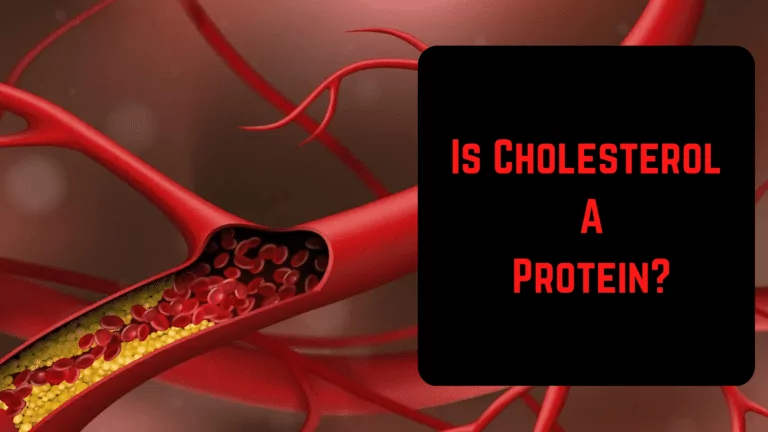What Are Triglycerides? How To Lower Triglyceride Level?
The two most common health factors that adults keep track of are our blood pressure and cholesterol. But there is one more health factor that you might need to monitor to stay safe.
Triglyceride, not many people are aware of this term. However, some people often mistake triglyceride for cholesterol, but these two are different.
Triglyceride is a vital measure of heart health. A high triglyceride level is one of the many reasons that trigger your heart health and lead to severe heart disease. It can be controlled following the same healthy lifestyle changes you might have to make to reduce your blood pressure level and cholesterol.
Before anything else, first, you need to learn what is triglyceride, how it affects you, and what you can do to keep it under control. In this article, we have a brief note for you about triglycerides.
Contents
What Is Triglyceride?
Our blood contains a few types of fats and triglycerides are one of those. The well knows term used for it is lipid. In simple words, triglyceride is one type of lipid present in our blood. It’s nothing but some of the calories that you intake.
Our body converts the calories that don’t require immediately into triglyceride. These lipids are stored in the fat cells that hormones later release for energy between our meals.
Triglyceride forming in the body is a natural process. However, if your calorie intake is comparatively more excessive than the calories you burn every day, it can lead to hypertriglyceridemia or high triglyceride levels in the blood. The normal triglyceride measurement is less than 150mg per deciliter.
Anything more than this is a sign that you need a proper check-up. You can get your triglyceride levels checked during your cholesterol check-up.

Triglyceride And Cholesterol: Are These Two The Same Thing?
A lot of people mistake triglycerides for cholesterol. Since both are types of lipids present in the blood, and cholesterol is a known term for excessive lipid levels in blood this misconception takes place. However, it’s time to break the myth and learn the truth to understand the root cause of your collapsing health.
Although both triglyceride and cholesterol are lipids that regulate through the blood these are different in several ways. Triglycerides are stored calories that are later released by hormones to boost energy between meals. On the other hand, cholesterol helps to produce vitamin D, and build cells and certain hormones.

Risk Factors Of Triglyceride
- Triglyceride increases the risk of heart diseases like stroke heart attack etc as it hardens arteries and thickens artery walls
- Pancreatitis
- Obesity
- Type 2 diabetes
- Hypothyroidism
- Metabolic syndrome
- Rare genetic issues
What’s The Best Way To Lower Triglycerides?
Here are some effective natural ways to lower your triglyceride levels:
- Avoid unhealthy drinking habits. Consuming too much alcohol can lead to hypertriglyceridemia. Alcohol consists of sugar and high calories which eventually turn the triglyceride levels high in your blood. Moreover, if you already have hyperglycemia don’t drink alcohol at all.
- The more calories you burn, the fewer unused calories turn into triglyceride. Daily workout is an exceptionally beneficial point
- Avoid taking excessive sugar or refined carbohydrates. Flour, sugar, and foods made with these ingredients are high in carbs which increases triglyceride.
- Obesity is a sign of triglyceride. So, focus on losing extra pounds. It will be better to say that obesity is a sign of hypertriglyceridemia. Cutting the calories you consume every day will help you cut on stored triglycerides.
- Change your diet. The lifestyle you lead can change your health factors. Instead of including meat in all your meals try to have plant-based food. Try fish that are enriched with Omega-3.

Conclusion
Keeping a track of your health measures is essential to stay healthy. Make sure you see your doctor often and get your health measures checked.







